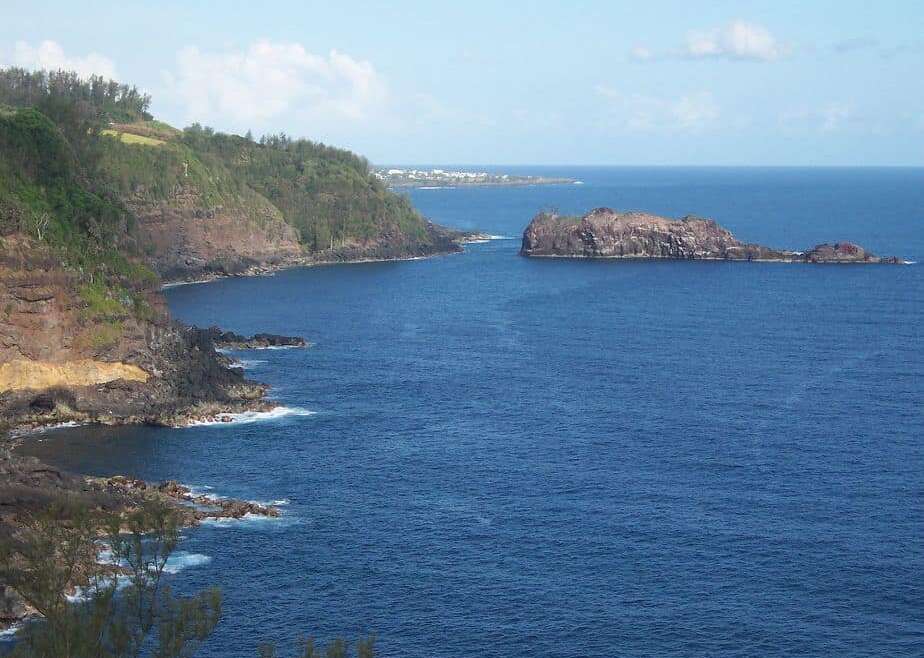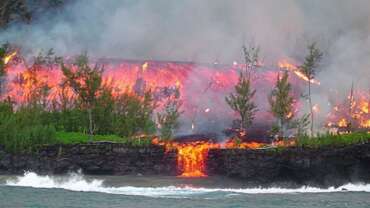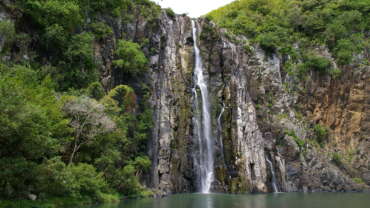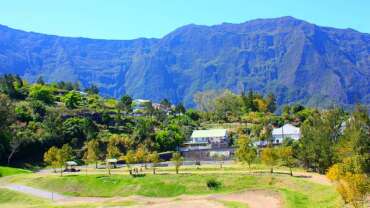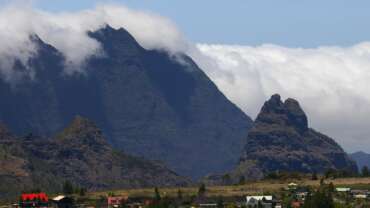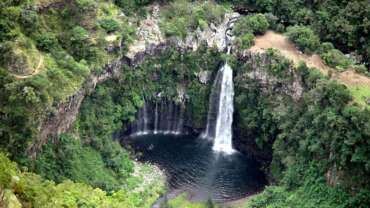Intensely Biodiverse Reunion Island
CONSERVATION AND ECOTOURISM
Mafate: An ecotourism laboratory
Accessible only on foot or by helicopter. this extraordinarily preserved site offers a range of jaw-dropping landscapes within a UNESCO World Heritage site.
To make sure the Cirque remains a preserved environment and to ensure the protection of the local people and culture, tourism here is limited and sustainable and responsible practices are encouraged.
Clean energy is used, waste management practices are implemented, environmental pollution is limited, the bio diversity is preserved, local production and consumption are encouraged and a culture of disconnection and shar ing make the Cirque of Mafate a reference in terms of ecotourism.
Protected natural areas
The natural heritage of Reunion Island is particularly exceptional, thanks to the plant life and spectacular landscapes. The La Reunion National Park strives to protect this heritage. The “Pitons, cirques and ramparts” cover 40% of the island (100,000 hectares) and have been listed as Worldwide Heritage Sites by Unesco since 2010. Ecotourism on Reunion Island is well-known across the globe and the island is one of the thirty worldwide biodiversity hotspots. This preserved ecosystem has just as many microclimates as contrasting landscapes, providing the ideal habitats for diverse plant and animal life, including endemic birds and more than three thousand endemic plant species that flourish across the island and form the lush plant life here, with orchids, moss, lichen, ferns, and much more.
The Reserve Naturelle Nationale de l’Étang de Saint Paul, created in 2008, is the only terrestrial national nature reserve on Reunion Island. The preservation and sustainable management of these ecologically rich wetlands have earned the site its certification with the Ramsar Convention on wetlands of international importance. There are sixteen plants and eleven animal species there (three species of bird, six species of fish, one crustacean and one insect).
The Reserve Naturelle Nationale Marine, created in 2007, stretches 40 km along the coastline from Cap La Houssaye in Saint-Paul, to Roche aux Oiseaux in Étang Salé. The marine biodiversity of Reunion Island is exceptional, in the reefs, offshore and in the lagoons. It is listed as one of the 10 main biodiversity hotspots in the world, as home to over 150 species of coral, around 3,000 species of molluscs, over 500 species of crustaceans, 130 species of echinoderms (starfish, sea urchins, sea cucumbers, etc.), and nearly 900 species of fish, some of which are endemic.
Whale, dolphin and turtle watching
The whales journey
During the austral winter after a long journey ail the way from the Antarctic, humpback whales arrive on the coasts of Reunion Island every year, choosing the warm waters of the lndian Ocean to bring their offspring into the world, Nature lovers flock to catch a glimpse of the incredible show put on by these giants of the seas, and some of the lucky ones are even treated to an unforgettable encounter with one of these creatures, at the heart of the lndian Ocean. So that the activity of whale watching can be developed in a sustainable way and to ensure the well-being of these animals, a set of rules to respect when approaching whales was established in 2010, and modified in 2017 for the World Humpback Whale Congress that was held in Saint-Leu. Systems have been put in place to preserve whales, dolphins and turtles and to educate professionals and the public to observe them. “



